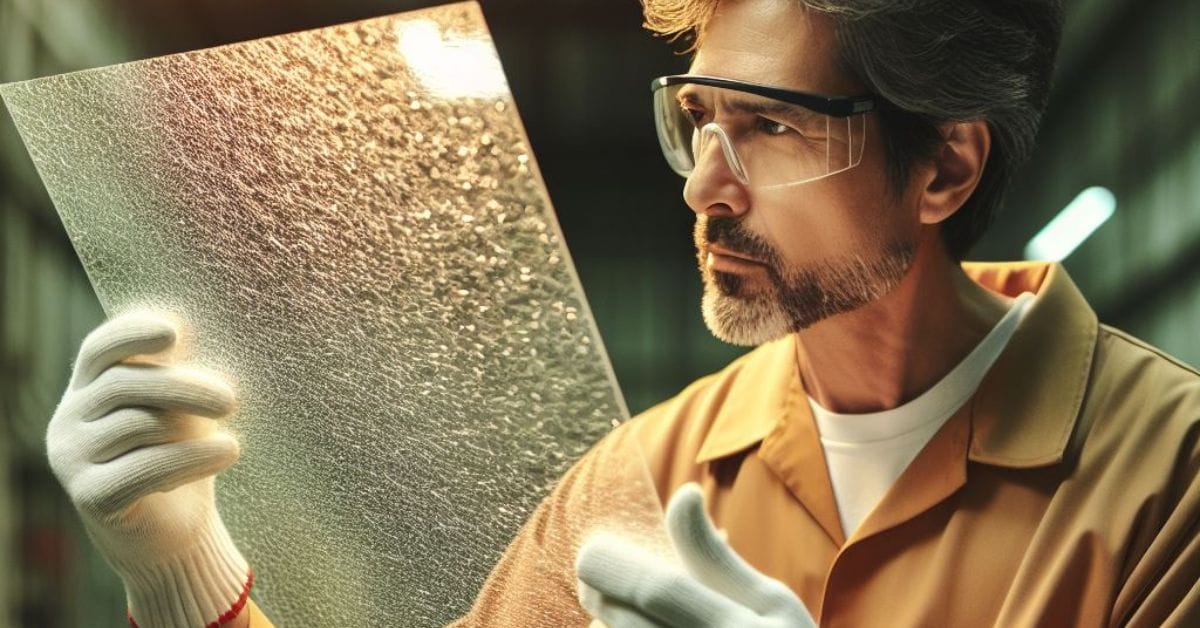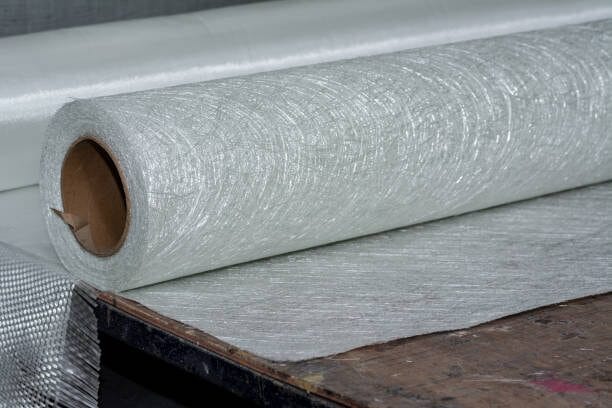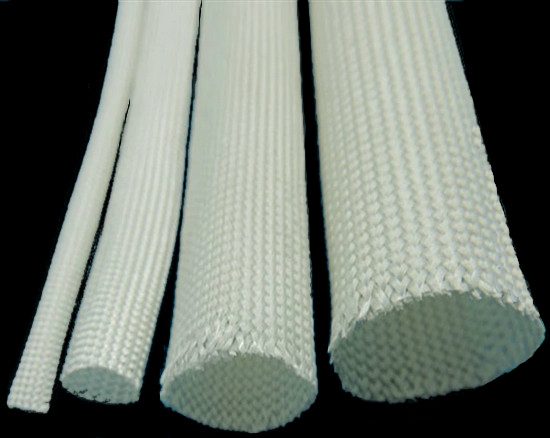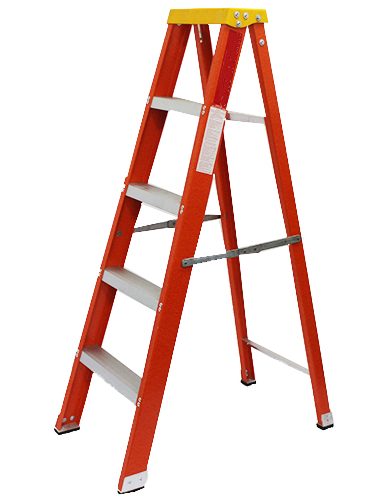Does Fiberglass Conduct Electricity? (Guide)

Hey everyone! Today, we’re diving into a topic that’s as intriguing as important in our world of construction and DIY projects. We’re talking about fiberglass – that versatile material we’ve all heard about, seen, or used in various projects.
But a question often sparks curiosity and debate: Does fiberglass conduct electricity? It’s a crucial consideration, especially when dealing with electrical installations, safety measures, and choosing the right materials for our next big project.
Normally, fiberglass is a non-conductive material. This gives it an edge over alternative materials, where electrical insulation is preferred over conductance. However, there is a way to make it electrically conductive, which makes it also useful in other situations where conductance is required.
We’ll explore its electrical properties, why it matters, and uncover some fascinating facts that might surprise you. Get ready to learn something new today – I know I always do when I dive into topics like these!
What is Fiberglass?
Fiberglass, called GRP (Glass-reinforced plastic), contains woven material embedded with glass fibers. These are bonded using a binding substance that makes the fiberglass a very strong form of plastic. When combined with resin, it is made even more durable. Fiberglass is also lightweight, flexible, and inexpensive.
Why Does Fiberglass’ Electrical Conductance Matter?
Whether fiberglass conducts electricity matters because fiberglass is used to replace traditional materials like aluminum and steel, which are more widely known to conduct electricity.
Its high strength, weight, water resistance, and low thermal conductivity make it versatile, besides other useful properties. However, how fiberglass compares in terms of electrical conductance can make a big difference in situations where electrical conductivity is important.
A good conductor is required in some situations, and a good insulator is required in others. Since fiberglass does not behave like metals, it offers a different combination of properties for the materials for which it is a suitable alternative.
Let’s understand why it does not conduct electricity before seeing how it can be useful.
Why Does Fiberglass Not Conduct Electricity?

Let’s discuss why fiberglass is such a superstar in the non-conductivity league. Like wood, it’s a go-to material when you need something that doesn’t play well with electricity. In my experience, this characteristic is a big win for safety in many projects.
The secret to fiberglass not conducting electricity is all in its makeup. It’s crafted from glass and resin – materials known for their poor conductivity.
Think about a glass of silica sand, limestone, and soda ash. These aren’t just random ingredients; they’re chosen because they resist electricity like champs. We’re talking about a resistance level around 1012Ωm – impressively high!
In my hands-on work with fiberglass, I’ve noticed that the structure of these materials matters. They’re rigid and, crucially, lack free electrons. Remember, free electrons are the culprits that let materials conduct electricity. No free electrons in fiberglass means no electricity conducting.
Plus, let’s not forget that fiberglass is porous – it lets air through. This quality and its high dielectric strength (that’s tech speak for how much electric field strength it can handle before giving in) make it an excellent insulator.
Whether I’m working on a home project or on a set, knowing that fiberglass can handle a lot without turning into a conductor gives me, and should give you, a lot of confidence in using it safely.
How is Fiberglass Insulating Property Useful?
You see, fiberglass doesn’t conduct electricity, which is a big deal in many situations where we must keep electricity in check. I’ve seen this firsthand in many of my projects.
Take insulation tubes or cable sleeves made of fiberglass – they’re perfect for wrapping up electrical wires and cables. This keeps everything safe and sound, especially hidden behind walls or floors.
And I’ve found it fascinating here: fiberglass is sturdy enough to be fashioned into ladders. This is a game-changer for electricians who work up high. Unlike aluminum ladders, fiberglass ones won’t conduct electricity, which means a safer work environment – believe me, that’s a huge relief.


But there’s more! Fiberglass has this cool ability to let EM (that’s electromagnetic) signals pass through. This is a big deal for wireless communications in your home.
I’ve seen how materials like aluminum, steel, and concrete can mess with these signals because they conduct electricity and magnetism. They can block or distort your Wi-Fi, and nobody wants that. Fiberglass, on the other hand, is like a window for these signals – it doesn’t interfere with them at all.
This feature makes fiberglass a superstar in telecommunications. I’ve seen it used in covering antennas and other telecom equipment. This way, you get all the strength and durability without messing with signal quality.
Whenever I see a fiberglass-covered antenna, I’m reminded of how this material is quietly but significantly making our lives easier and more connected.
Can Fiberglass Be Made to Conduct Electricity?

In my experience working with all sorts of materials, I’ve learned that flexibility is key, and fiberglass is no exception. So, can it conduct electricity?
Here’s the scoop: fiberglass, in its standard form, is a non-conductor, great for insulation. But sometimes we need it to do just the opposite – conduct electricity.
Now, you might be wondering how that’s even possible. Well, it’s all about getting a bit creative with the material. We can transform certain conductive composites from insulators to conductors into fiberglass by integrating certain conductive composites.
I’ve seen this, particularly when mixing aluminum fibers into fiberglass. This combination brings out conductive properties that weren’t there before.
Another approach I’ve encountered is applying a conductive coating to the fiberglass. This method is super useful depending on how you intend to use it.
For instance, aluminum-coated glass fiber cloth is a lifesaver in welding or preservation. It’s amazing to see how a few tweaks can completely change the game for a material like fiberglass, making it adaptable for various needs.
Comparative Analysis: Fiberglass vs. Other Insulating Materials
Hey there! Let’s dive into a comparison of fiberglass with other popular insulating materials. I’ve seen all sorts of materials in action, and each has its own pros and cons.
Understanding these can help when choosing the right material for your project. Here’s a breakdown in a simple table format:
| Material | Strengths | Weaknesses | Best Used For |
|---|---|---|---|
| Fiberglass | Non-conductive, lightweight, strong, cost-effective | It can be brittle, and handling requires care (due to tiny glass fibers) | Electrical insulation in construction, automotive, and electronic applications |
| Rubber | Highly flexible, good thermal stability, durable | Not as strong as fiberglass, it can degrade over time | Insulating electrical wires, weatherproofing |
| Plastic | Versatile, easy to mold, lightweight | Variable conductivity, depending on the type, can degrade under UV light | Wide range of electrical applications, consumer electronics |
| Ceramics | Extremely high heat resistance, non-conductive | Fragile, heavy, more expensive | High-temperature environments, advanced electronics |
Whether it’s the flexibility of rubber, the versatility of plastic, or the heat resistance of ceramics, each material has a unique role in the world of insulation. Choose wisely!
Frequently Asked Questions
- Is Fiberglass Safe To Use Around Electrical Installations?
- Absolutely! Its non-conductive nature makes fiberglass an ideal material for safety in electrical installations. It’s used in insulating tubes and ladders, protecting against electrical hazards.
- How Does Fiberglass Compare To Metals In Electrical Applications?
- Fiberglass differs significantly from metals. While metals are conductive, fiberglass is an insulator. This makes it a safer choice in environments where preventing electrical flow is crucial.
- Does Fiberglass Affect Wireless Signals
- No, it doesn’t! Fiberglass, unlike metals, allows electromagnetic signals to pass through, making it a great material for applications where signal interference is a concern, such as telecommunications.
- How Is Fiberglass Manufactured To Be Non-Conductive?
- The process involves combining glass fibers with a binding substance, usually resin. The inherent properties of these materials make the resulting composite (fiberglass) naturally non-conductive.
- Is Fiberglass Environmentally Friendly?
- Fiberglass has aspects that can be seen as environmentally friendly, such as its durability and energy efficiency. However, like all materials, production and disposal should be managed responsibly.
- Can Fiberglass Be Recycled?
- Recycling fiberglass can be challenging due to its composite nature. However, strides are being made in recycling methods, promoting a more sustainable approach to its use and disposal.
References
Organizations:
- American Composites Manufacturers Association (ACMA). https://acmanet.org/
- Institute of Electrical and Electronics Engineers (IEEE). https://www.ieee.org/
Books:
- “Composites for Construction: Structural Design with FRP Materials” by Lawrence C. Bank. https://books.google.com/books?id=lB2mTpDtUoAC
- “Electrical Properties of Polymers” by Tony Blythe and David Bloor. https://books.google.com/books/about/Electrical_Properties_of_Polymers.html?id=NgVoPVNtjoAC
Website Resources:
- CompositesWorld. http://compositesworld.com/
- ScienceDirect. http://sciencedirect.com/
- National Institute of Standards and Technology (NIST). http://nist.gov/
